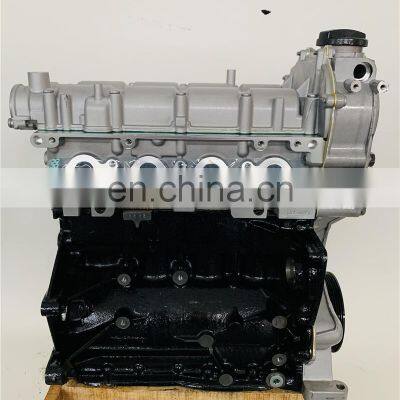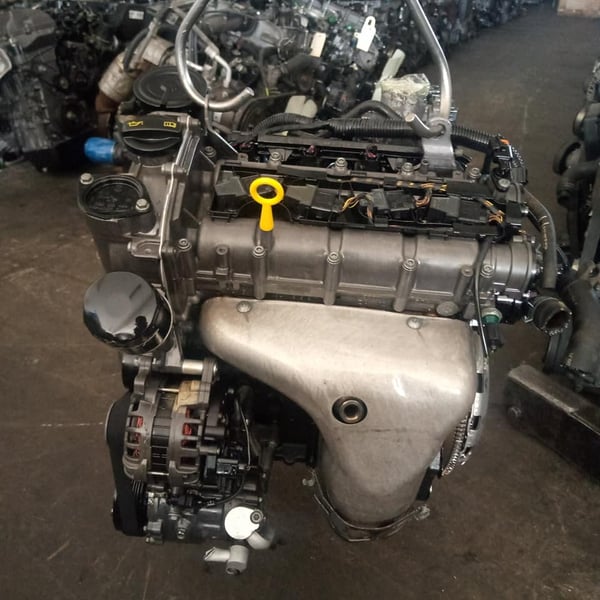Keep consistent power with a high-performance clp engine.
Keep consistent power with a high-performance clp engine.
Blog Article
Exactly How a Clp Engine Can Boost Performance in Different Industries
The advent of CLP engines notes a significant change in operational effectiveness throughout different sectors, driven by their capacity to maximize fuel intake and reduce downtime. Industries such as production and logistics stand to obtain significantly from their durable design and regular power output, which guarantee to simplify operations and improve performance. As companies increasingly focus on sustainability along with efficiency, the function of CLP engines comes to be even a lot more critical. What stays to be seen is how these improvements will certainly shape the future landscape of industrial procedures and their influence on broader economic patterns (clp engine).
Overview of CLP Engines
CLP engines, or Continual Fluid Propellant engines, represent a significant advancement in propulsion technology, specifically for area applications. These engines use a continuous feed system that enables the continual expulsion of propellant, bring about improved efficiency and efficiency contrasted to conventional solid or hybrid propulsion systems. By keeping a consistent circulation of liquid propellant, CLP engines can achieve extra exact thrust control, which is critical for navigating spacecraft in numerous goal circumstances.
The style of CLP engines incorporates advanced materials and ingenious fuel monitoring systems. clp engine. This causes decreased weight and boosted dependability, important variables for long-duration area goals. Moreover, the continuous operation decreases the risk of burning instability, a common difficulty in conventional rocket engines.

Benefits in Manufacturing
The manufacturing of Continuous Fluid Propellant (CLP) engines offers a number of significant advantages that enhance both efficiency and cost-effectiveness. Among the main benefits is the streamlined manufacturing procedure, which minimizes the intricacy associated with typical propulsion systems. By using fluid propellant, makers can accomplish greater accuracy in engine efficiency, resulting in optimized power output and reduced waste.
In addition, CLP engines assist in a higher level of modularity, permitting simpler integration right into different manufacturing lines. This flexibility can dramatically reduce lead times and improve overall functional versatility. Making use of CLP modern technology also often tends to lessen the need for considerable upkeep due to less moving parts, which translates into lowered downtime and operational prices.

Applications in Logistics
Leveraging Constant Liquid Propellant (CLP) engines in logistics provides considerable advantages in operational efficiency and reliability. These engines offer a robust solution for various transport demands, making it possible for the smooth activity of goods across vast distances. The inherent layout of CLP engines permits for regular power outcome, which equates into smoother and a lot more foreseeable transport timetables.
Among the crucial applications of CLP engines in logistics is in heavy-duty products transportation, where they can drive both ground and aerial cars. Their ability to maintain high performance under differing tons problems makes certain that distribution timelines are met, thus enhancing consumer contentment. In addition, CLP engines can be integrated into automated logistics systems, facilitating real-time monitoring and enhancing route see this page preparation.
Furthermore, the resilience of CLP engines decreases upkeep downtime, enabling logistics companies to optimize their operational capacities. This is especially advantageous in her explanation warehousing operations, where efficiency in dealing with and transporting items is important. As logistics remains to develop, the assimilation of CLP engines represents a forward-thinking strategy that not only enhances performance yet likewise sustains the industry's expanding demands for dependability and rate.
Influence On Power Efficiency
Just How do Continuous Fluid Propellant (CLP) engines enhance energy performance in transportation? CLP engines make use of a constant circulation of liquid fuel, maximizing combustion procedures and preserving a secure thrust outcome. This layout reduces energy losses related to conventional combustion engines, where gas distribution can differ and result in inadequacies.
The continuous operation of CLP engines enables for an extra reliable thermal cycle, resulting in higher certain impulse contrasted to standard engines. clp engine. This translates to decreased fuel usage for the very same quantity of job done, significantly reducing operational expenses throughout numerous transport fields, including aviation and maritime industries
Furthermore, the capability of CLP engines to preserve ideal performance under varying tons conditions decreases the requirement for regular velocity and deceleration, additionally improving fuel effectiveness. Enhanced energy efficiency not only contributes to cost savings however likewise causes reduce greenhouse gas discharges, lining up with worldwide sustainability goals.
Future Trends and Innovations
Emerging advancements in Continuous Fluid Propellant (CLP) engine modern clp engine technology assurance to change the landscape of transport effectiveness and sustainability. As markets pivot toward greener choices, CLP engines stand at the center, incorporating ingenious materials and design techniques that improve performance while reducing environmental influence.
Among the most promising fads is the fostering of hybrid systems that combine CLP engines with eco-friendly power resources. This synergy can optimize gas usage and decrease emissions, straightening with worldwide sustainability goals. Innovations in computational fluid characteristics (CFD) are helping with the design of even more aerodynamically effective engines, leading to reduced drag and enhanced fuel effectiveness.
Furthermore, the growth of smart tracking systems is readied to improve functional performances. These systems take advantage of information analytics and IoT technology to maximize engine performance in real-time, making sure that the engines run within their most efficient criteria.
As research remains to check out alternate propellant formulations-- such as biofuels and synthetic gas-- the future of CLP engines looks encouraging. By harnessing these developments, markets can not just boost their efficiency but additionally contribute substantially to a cleaner, more sustainable future in transport.
Verdict
Finally, CLP engines represent a considerable innovation in efficiency throughout multiple markets. Their capability to maximize gas intake and reduce operational expenses, integrated with a constant feed system, boosts power result and functional integrity. The assimilation of innovative materials and fewer moving parts minimizes maintenance requirements, while alignment with sustainability goals positions CLP engines as a pivotal technology for the future. Continued development in this field promises further improvements in efficiency and environmental efficiency.
Report this page